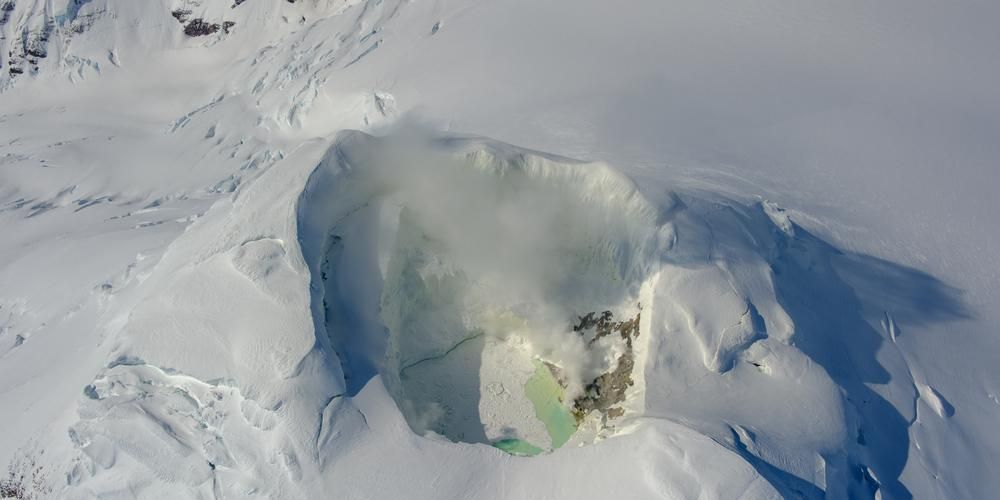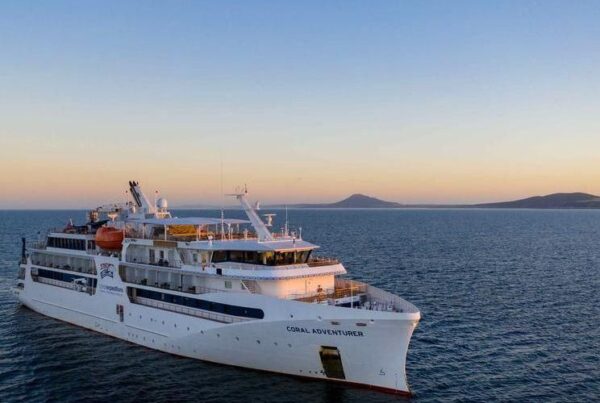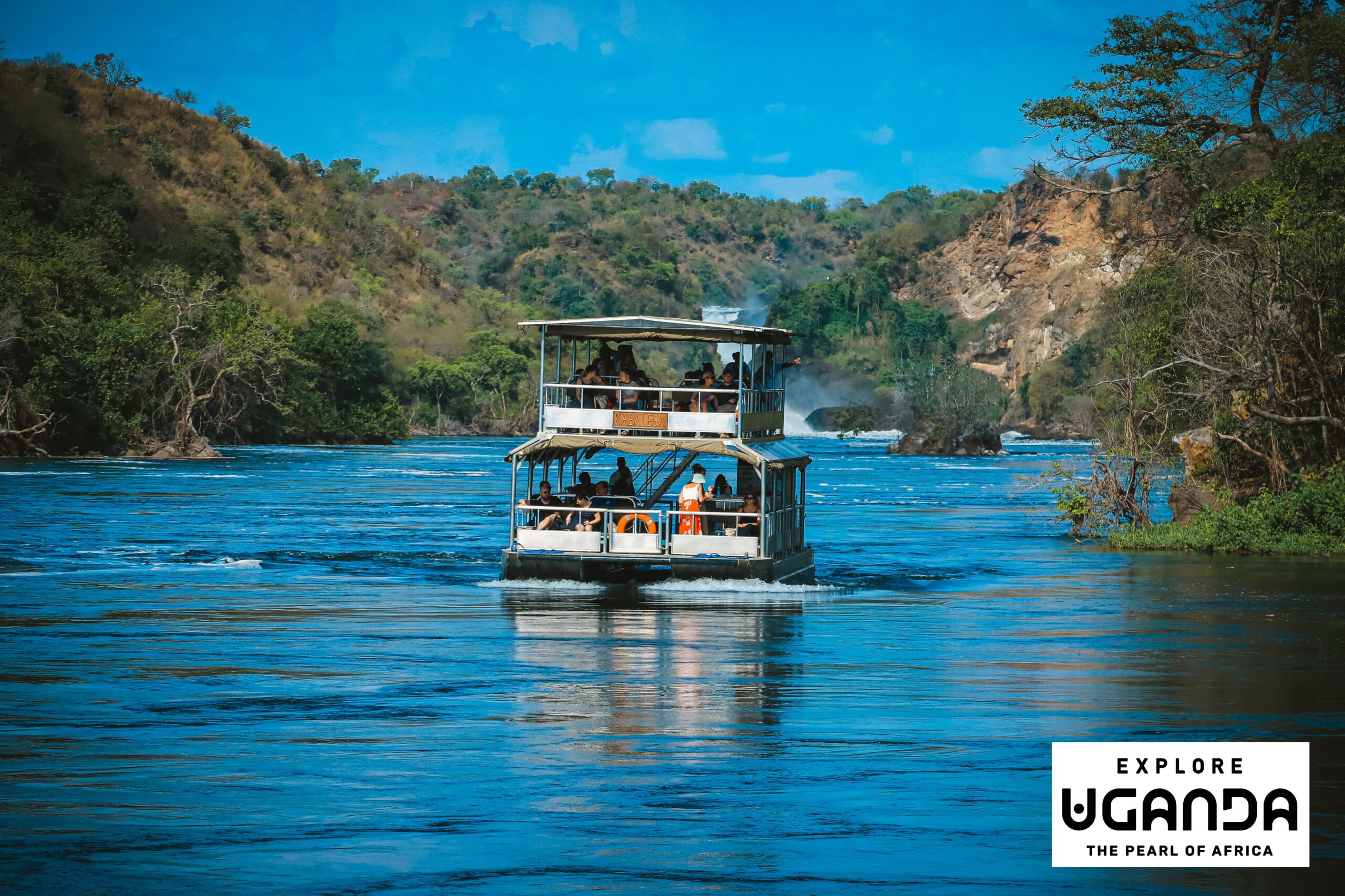Alaska’s Mount Spurr, a massive stratovolcano sitting 130km west of Anchorage, is rumbling with fresh warnings from scientists that an eruption could be imminent. The Alaska Volcano Observatory has observed increasing seismic tremors, gas emissions, and ground swelling—signs that magma is rising and pressure is building. For Australian travellers considering a northern adventure—or for those transiting via North America—this development could spell disruption across a broad region, including parts of Canada.
If Mount Spurr does erupt, aviation chaos is a likely consequence. The volcano last erupted in 1992, launching ash plumes up to 15 kilometres high. Flights were grounded and ash blanketed Anchorage, forcing businesses and airports to shut. More significantly for today’s jet-age travellers, the ash cloud travelled far beyond Alaska. At its peak, it stretched across Canada and into the northeastern US. Flights were rerouted or cancelled as the microscopic glassy particles posed a serious risk to jet engines, navigation systems, and passenger safety.
The Canadian impact in 1992 was not just theoretical. Ash reached airspace over eastern Canadian provinces and disrupted transatlantic routes. Satellite imagery from that year shows ash drifting across the Canadian Maritimes and even as far as Michigan. Should a similar event occur today, the consequences could extend into key Canadian air corridors, including those linking Vancouver, Calgary, Toronto and Montreal to the US and Europe.
Beyond airspace, an eruption could also deliver health warnings due to fine particulate matter travelling high in the atmosphere. While ground-level ashfall in Canada is unlikely, elevated ash can affect air quality and trigger respiratory warnings for those with pre-existing conditions. Climate effects are also possible, although less immediate; major eruptions can send sulphur dioxide into the stratosphere, slightly cooling global temperatures and influencing weather patterns.
Travellers heading to or through Alaska or Canada over the coming months should monitor updates from airlines and aviation authorities. The Canadian Meteorological Centre’s Volcanic Ash Advisory Centre, along with NOAA and the Alaska Volcano Observatory, are providing real-time updates and forecasts. Flexible bookings and travel insurance may become wise precautions.
Whether you’re on a scenic Alaska cruise, flying into Vancouver, or chasing the northern lights in the Yukon, volcanic activity in Alaska is a reminder that nature remains a powerful disruptor. As Mount Spurr stirs, the skies over North America are being watched very, very closely.
Featured Image: Mount Spurr on 25 April, 2025. Image courtesy of AVO/USGS









